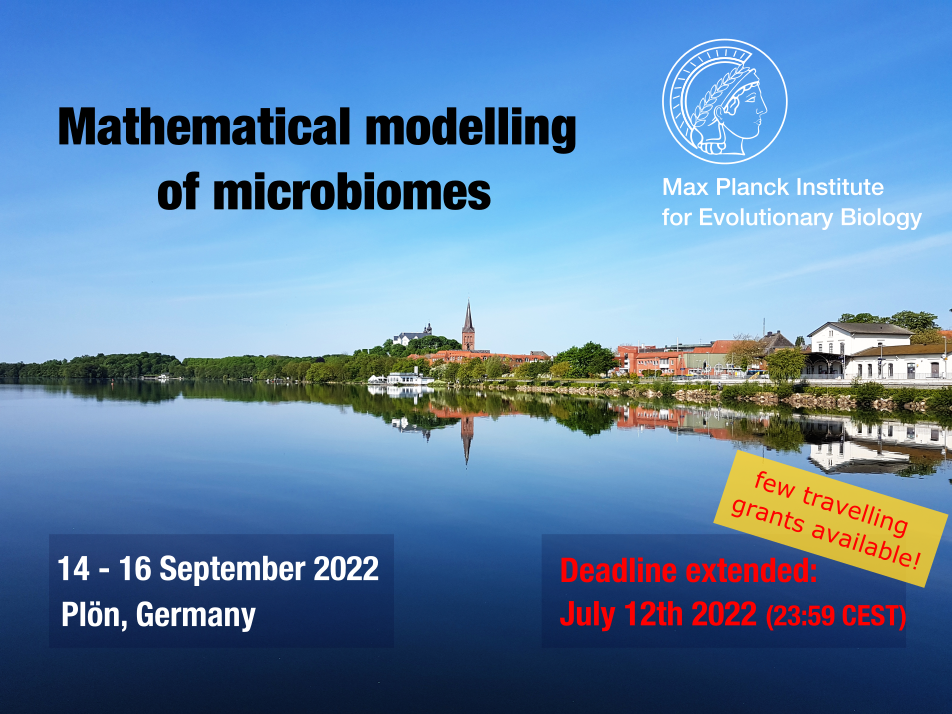Speaker
Description
The composition of a microbial community (microbiome) affects its stability and function and is shaped by selective and neutral processes that operate at different scales. For instance, environmental filtering typically operates at non-local scales while interactions (e.g., competition) operate locally. One way to study community composition is via microbe co-occurrence networks. The underlying assumptions of all such studies are: (i) co-occurrence is a prerequisite, yet not evidence for interactions; (ii). Co-occurrence network structures contain observable patterns that may reveal the processes and factors that generated the network. Despite the many insights gained from co-occurrence network analysis, how such networks vary in space and at which spatial scales they are shaped is unclear. One reason is that controlling for environmental factors in natural communities is challenging. We used the rumen microbiome---a highly controlled environment in which we know the host genetics and diet. We worked with core microbes that inhibit cows at seven farms in Europe. We constructed a spatial multilayer network to represent, for the first time, multiple local co-occurrence networks as a single mathematical object. Each layer contained a co-occurrence network in a given farm. Via comparison to shuffled networks, we discover that, although microbes appear in all seven farms, there are strong, non-random signatures of local co-occurrence patterns. Specifically, co-occurrence is transitive (when A occurs with B and B with C, then A occurs with C), and microbes have a significant tendency to maintain phylogenetically-similar co-occurring partners across farms. In addition, the network was partitioned at two levels. At the top level, farms were separated into modules corresponding to cow diet and genetic breed, and at the second level, each farm was in its own cluster. In contrast, a monolayer description of the same system and results of shuffled networks show a single module that encompasses all farms. Our multilayer approach unravelled a strong effect of environmental filtering on co-occurrence patterns at non-local scales, followed by local effects within the same farm likely representing interactions. In addition, a multilayer approach is a valuable method for analyzing microbial networks with a strong potential to discover new patterns and processes.

